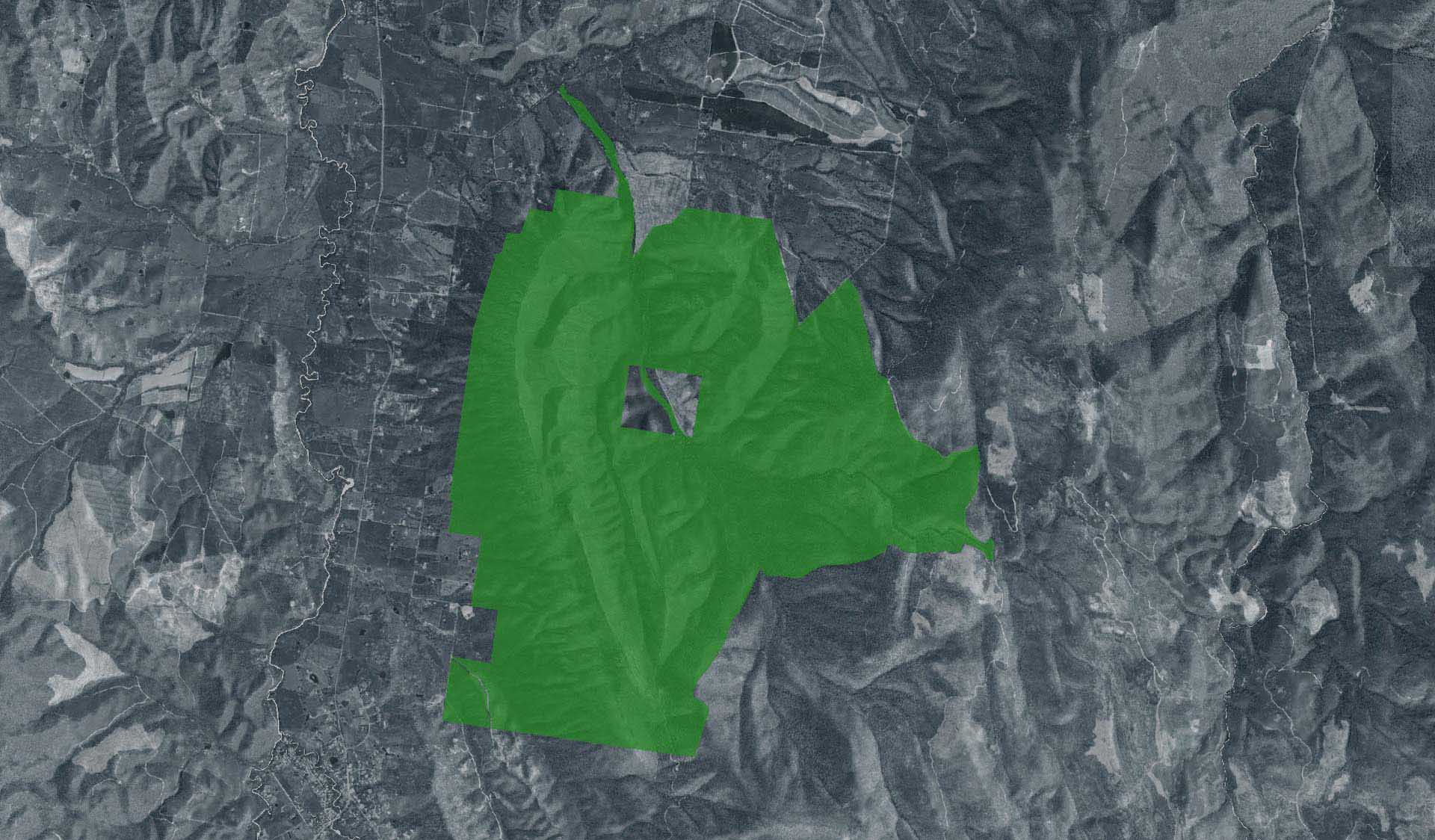Explore
North Jawbone Peak Walk (Cathedral Range State Park)
The track branches from the Jawbone Creek Track just below The Farmyard and leads to North Jawbone Peak. The Grade 3 track is 700m long and around 20 minutes one-way. It has some short steep sections and a few obstacles – some bushwalking experience is recommended.
Return down the range via the Jawbone Track or make it an overnight trip, camping at The Farmyard before embarking on the Cathedral Range Northern or Southern Circuit Walks.
Visitor Tips: Check the weather conditions before setting out, and allow plenty of daylight to complete your walk. The weather on the range can change quickly and there is no shelter, so ensure you are well-equipped, and wear appropriate clothing including sturdy hiking footwear. Carry sufficient water to stay hydrated (there are no natural water sources on the trail). Phone signals are unreliable – hikers should consider carrying a radio or personal locator beacon, and don’t forget to communicate your intentions to friends or relatives before setting out. Download the Visitor Guide for more advice on safe and enjoyable walking in Cathedral Range State Park.
Restrictions: Please note this trail is for walkers only (no bicycles, pets or horses).
Do not undertake this walk on days of higher fire danger or when storms or strong winds are forecast. The Park is in the Central Fire District.
How to get there
North Jawbone Peak Walk (Cathedral Range State Park)
Need to know
North Jawbone Peak Walk (Cathedral Range State Park)
Safety in nature
You can benefit both mind and body when you get outdoors to explore and experience Victoria's natural places. Before you go, take a look at our safety tips and check our changed conditions and closures information for a great visit.
Accessibility
Visiting a park can be more of a challenge for people with disabilities, however, in Victoria there are a wide range of facilities to help people of all abilities enjoy our wonderful parks around the state. Parks Victoria provides a range of a equipment, including all-terrain and beach wheelchairs, facilities, accommodation and accessibility information and programs to help you plan and enjoy your visit to Victoria's parks.
Assistance dogs are welcome in Parks Victoria parks and reserves. Entry requirements apply for parks and reserves that are usually dog prohibited, such as national parks.
Warnings & Restrictions
Dogs
Restrictions
- No fires permitted
- No camping
- No bicycles
- No dogs allowed
- No horses
- No firearms allowed
Warnings
-
Animals and pests
- Snakes
-
Terrain hazards
- Steep track
- Uneven ground
-
Other warnings
- Limbs may fall take care


